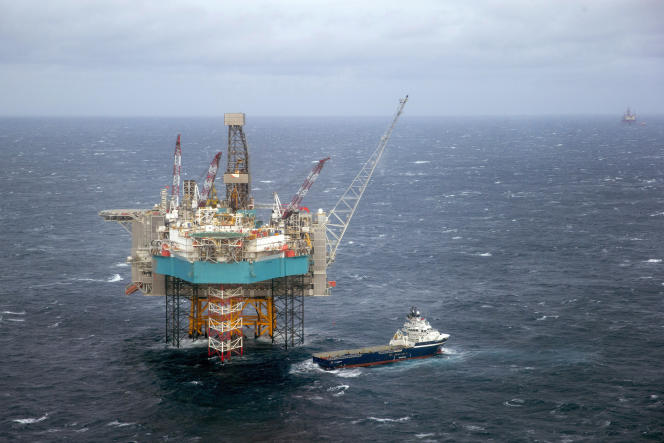The exploitation of its seabed, rich in hydrocarbons, has already enabled Norway to amass a considerable fortune. Fueled by revenues from gas and oil extraction, its sovereign fund weighs 15,300 billion crowns (1,300 billion euros). This financial windfall, however, should dry up as the ecological transition progresses. So Oslo is already planning what’s next: on Tuesday, June 20, the government, led by Labor Party Jonas Gahr Store, announced that it wanted to open up part of the Norwegian continental shelf to mining exploration.
The proposed area covers 281,200 km² (the equivalent of 70% of the surface of Norway) and stretches from the Barents Sea to the Svalbard archipelago. According to an estimate by the Petroleum Board, polymetallic sulphides and cobalt-rich crusts, which cover the ocean floor off the coast of Norway, could contain up to 45 million tonnes of zinc, 38 million tonnes of copper, as well as enormous quantities of other metals and rare earths.
Noting that “These resources are controlled by a handful of countries, which makes us vulnerable”, Terje Aasland, Labor’s energy and oil minister, said these minerals were needed “to succeed in the energy transition”. But, according to him, “no other country [que la Norvège] is better placed to lead the way in the sustainable and careful management of these resources”. In a press release, his ministry also assures that “Environmental protection will need to be considered throughout the value chain and extraction will only be permitted if industry can demonstrate that it can be done in a sustainable and responsible way”.
“Many unidentified species”
But these details are not enough to allay the fears of the many opponents of the project. In November 2022, the Ministry of Petroleum and Energy published an impact study, which has since been submitted for public consultation. A total of 1,100 opinions were issued, from government agencies, research institutes and NGOs, but also from individuals and businesses. Most – including that of the environmental directorate, a public body – deplored the ” lack of knowledge “ concerning the ecosystems at these depths and urged the government to exercise “precaution”.
“Before we can assess the risks, we need to collect a lot more data, in order to understand the composition and functions of these ecosystems”, says Frode Vikebo, director of research at the Marine Research Institute in Bergen. It anticipates the presence of “many unidentified species” and worry about “cumulative effects” exploration on ecosystems “already subject to other pressures, including climate change and pollution”.
You have 42.61% of this article left to read. The following is for subscribers only.
